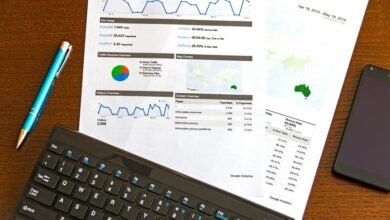1204867528 Mapping Breakdown of Mobile Call Locations

The mapping breakdown of mobile call locations, exemplified by identifier 1204867528, offers valuable insights into user mobility and interaction patterns. By examining geographical data linked to call metadata, urban planners can discern community behaviors and optimize resource distribution. However, the use of such data prompts significant privacy concerns. The balancing act between urban development and individual rights remains an ongoing debate, raising questions about the ethical implications of harnessing mobile call location data.
Understanding Mobile Call Metadata
Mobile call metadata serves as a crucial component in understanding communication patterns and behaviors. This call data includes timestamps, call durations, and the involved parties’ identifiers, raising significant privacy concerns.
Metadata accuracy is essential for legal implications, as inaccurate data could misinform investigations or violate individual rights. Hence, the balance between utilizing call data and protecting personal freedoms remains a critical discussion point.
Analyzing User Behavior Through Call Patterns
How do call patterns reflect user behavior in a digital age increasingly defined by connectivity?
Analyzing these patterns reveals significant behavior trends, informing user profiling efforts. Frequency, duration, and timing of calls provide insights into social interactions and preferences.
Understanding these trends allows for enhanced personalization of services and products, ultimately fostering a sense of freedom in how individuals choose to communicate and connect.
Geographic Insights From Call Location Data
While the proliferation of mobile communication has transformed the landscape of interpersonal interactions, the geographic insights derived from call location data offer a profound understanding of user mobility and social dynamics.
Analyzing this data reveals patterns in movement and social networks, yet raises significant concerns regarding data privacy. Balancing the benefits of these insights with the protection of individual privacy remains a critical challenge.
Applications of Mobile Call Mapping in Urban Planning
A growing body of evidence suggests that mobile call mapping is an invaluable tool in urban planning, facilitating data-driven decision-making that enhances city infrastructure and service delivery.
Conclusion
In conclusion, the analysis of mobile call location data, akin to the meticulous cartography of ancient explorers, unveils intricate patterns of human behavior and connectivity. While the potential for informed urban planning is substantial, reminiscent of the careful design of a thriving city, it is imperative to navigate the ethical labyrinth surrounding privacy concerns. Striking a balance between innovation and individual rights is essential to ensure that the map of tomorrow honors both community development and personal autonomy.



